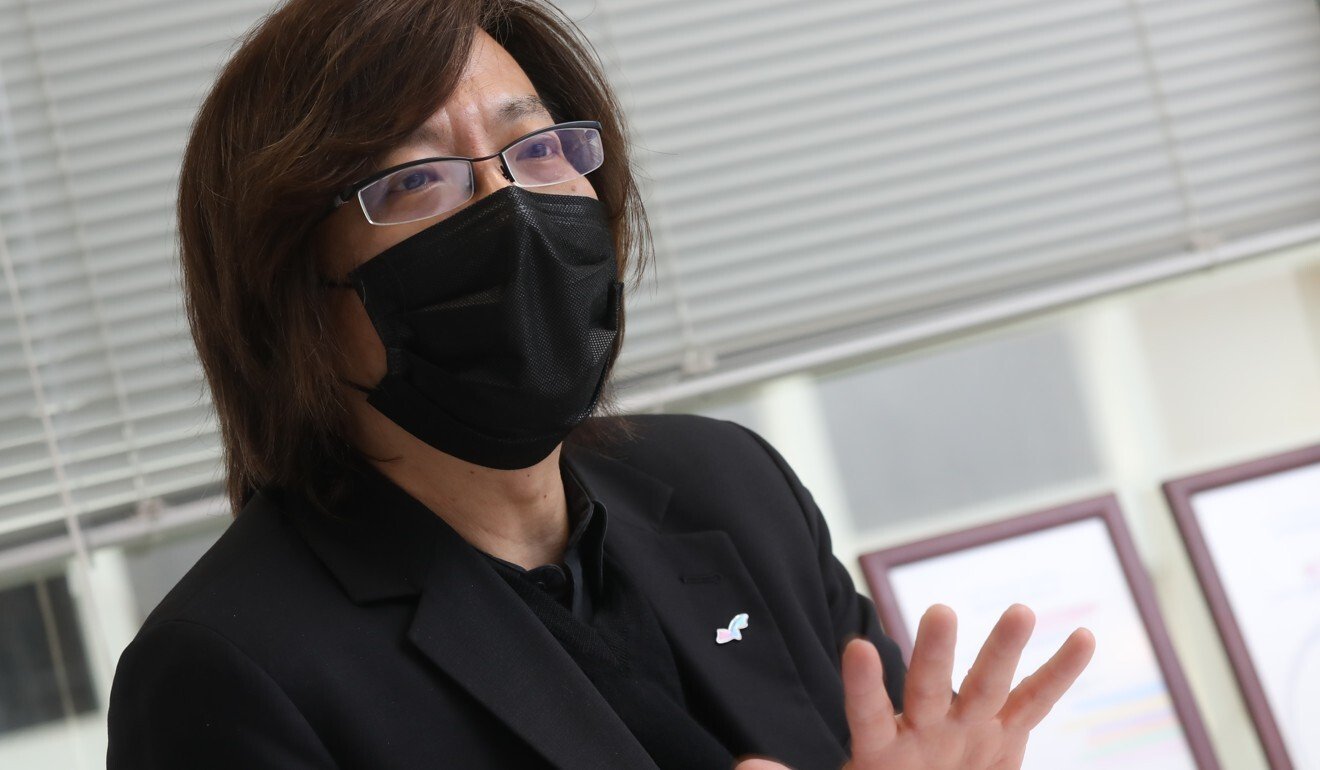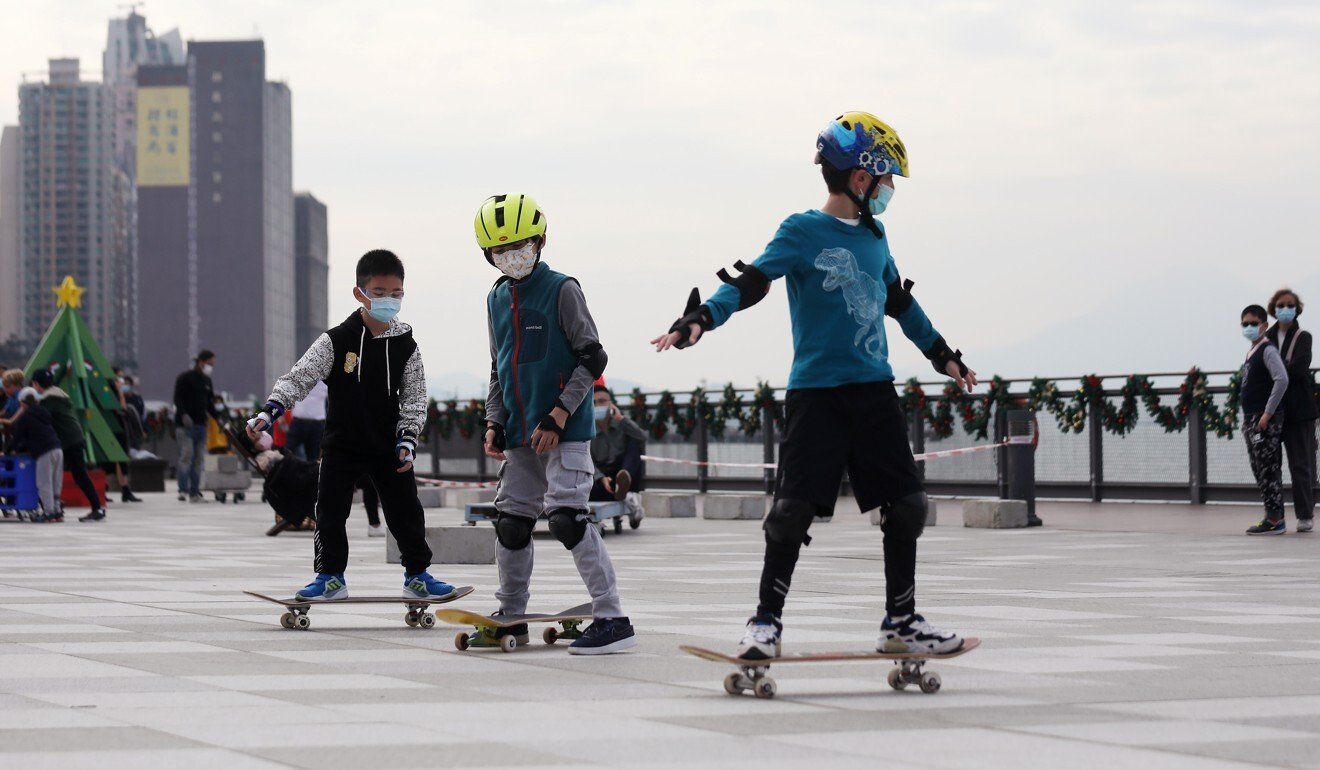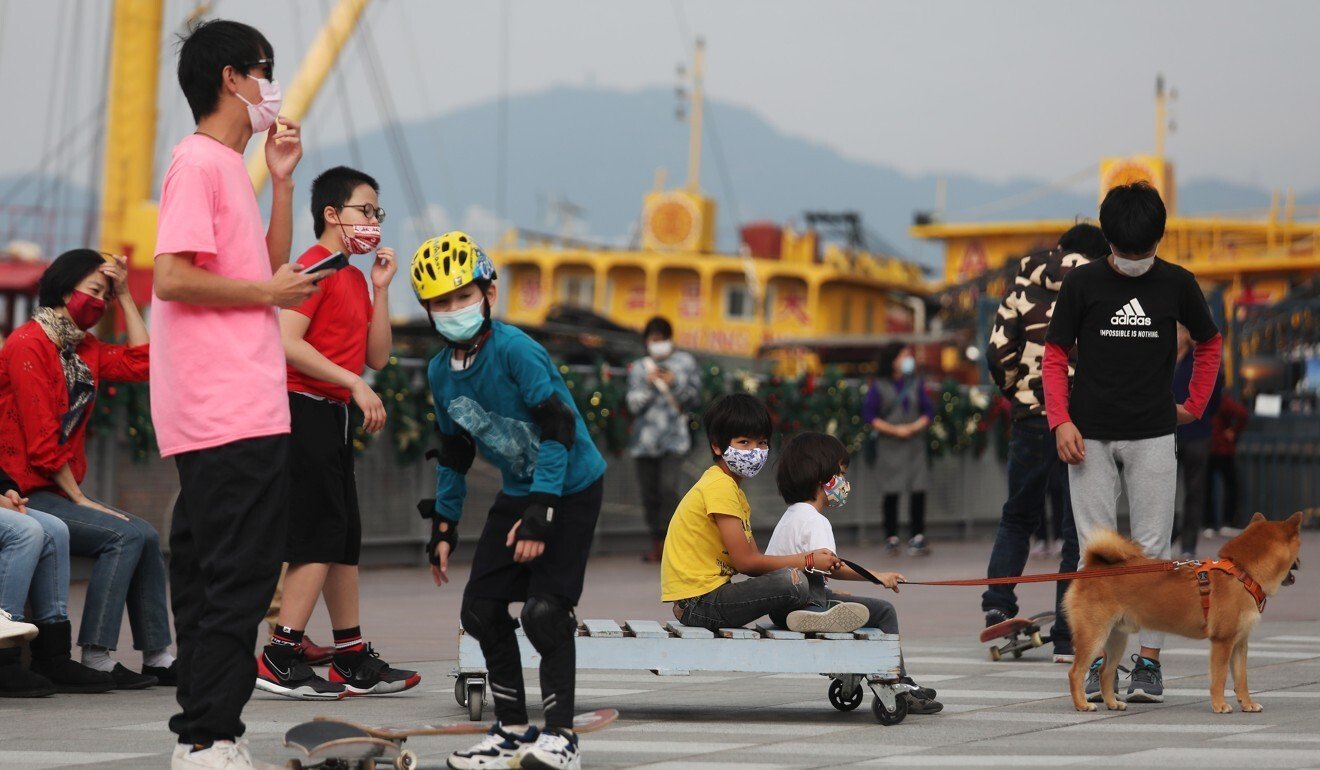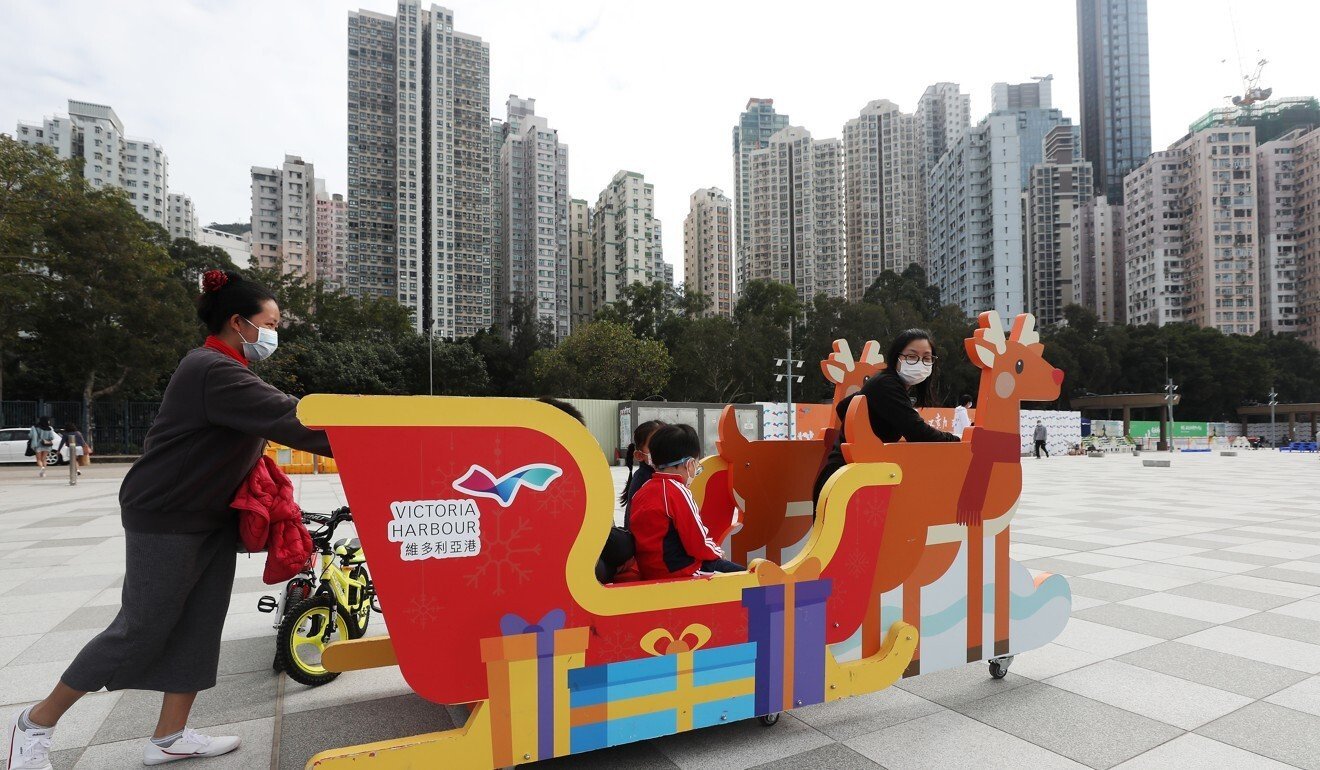Hong Kong News

Hong Kong’s first ‘barrier-free’ waterfront opens in Wan Chai
Hong Kong’s first “barrier-free” waterfront at the iconic Victoria Harbour opened on Christmas Eve, but it has taken more than a decade for the government to implement the idea in a city obsessed with safety.
The initiative is part of an ongoing project to extend and enhance public spaces on both sides of the harbour and build an interconnected promenade, with HK$6 billion (US$773.8 million) set aside last year for the Harbour Office to contribute to building a “liveable city”.
The new section of the Wan Chai promenade, which spans about 300 metres, still has some wire to prevent people from falling into the water, but it will be the closest to a barrier-free waterfront in Hong Kong, until part of a nearby sports and recreation precinct featuring landing steps that lead into the water opens by the end of next year.
A “fenceless” promenade was envisaged more than a decade ago after advisers conducted site visits in Singapore and Sydney, but the idea has not easily taken root in Hong Kong, according to Vincent Ng Wing-shun, chairman of the Harbourfront Commission, which advises the government on planning, design and management in such areas.

“It is an almost automatic belief that we need to put up fences. But when we look at other places in the world, and even when we observe how people use the space [here] … they want to go over the fence and be near the water,” he told the Post.
“We are experimenting. People will make comments and there will be questions and doubts [about safety] ... but can we just try it out and see whether people like it or not?”
Ng said the Harbour Office had been actively looking for sites to try out the concept. In the end, they settled on Wan Chai, where the waters are relatively calm near the Causeway Bay Typhoon Shelter, presenting less danger.
Ng said he understood there would be criticism and safety concerns, but urged the public to give the experiments a chance, and overcome safety fears to make public spaces more creative, fun and enjoyable.
“We are not saying that we should remove all fences. What we are doing is to give people choices so they can go to the section that they find interesting and suitable for them,” he said. “We have 73km of waterfront, so we have enough space to try different things.”

The launch of the Wan Chai section followed the opening of the 63,500 sq ft Belcher Bay harbourfront space in Kennedy Town two months ago, where people can play around with installations like movable chairs and decorations with different holiday themes.
Since the Belcher Bay opening, housewife Didi Lui, 40, has taken her two children, aged eight and four, there every day after playgrounds were closed amid the coronavirus pandemic.
“Because of the virus, there’s nowhere for children to play. It’s very sad. This area is great because it’s very big and open. The movable installations are very fun and give kids a chance to be creative in the way they play,” she said, watching her husband push her kids around in a Santa sleigh.
Just across from the Lui family, a group of young skateboarders took turns practising tricks and skating on wooden boxes.

“It’s great because the ground is smooth and there are no guards to chase us out. I like to do ollies [leaps] over the boxes and [slide] on the palettes,” said Jackson Whittaker, a nine-year-old pupil. “I wish there could be open spaces like this in all 18 districts in the city.”
Ng, an architect, said the movable installations and open site management allowed people to use them based on their own imagination. “If they like them, those things will stay or we can add some more. And if people don’t like them, we will remove or replace them.”

Apart from a barrier-free waterfront, another idea that has taken years to execute is a water taxi service. An operation ferrying passengers between five stops on a circular route in the harbour, including Central, Tsim Sha Tsui and West Kowloon was expected to launch this year, but has been postponed.
In a response to the Post, the Transport Department said the operator needed more time to gear up, including installing pier facilities and an electronic ticketing system.
The department expects the operator to launch trial services as soon as the first half of next year, depending on the development of the pandemic and the recovery of the tourism industry.
But Paul Zimmerman, CEO of Designing Hong Kong and another commission member, said the term water taxi was “extremely misleading” when used to describe the 130-seat vessels that will operate on only several sailings daily, rather than be available for orders on demand.
“A formalised water taxi service requires the recognition of that mode of transport under the Transport Department’s regulations, and that is the work that they have not been able to do because there have been some complications,” he said. “The government has to stop smokescreening their hesitation [over safety and traffic concerns] by calling a circular ferry a water taxi.”
Zimmerman admitted there was not a lot of demand for an Uber-like ride-hailing system on water for now because the harbourfront was still developing, but urged the government to put the regulatory regime in place to prepare for the future.
The coastlines on both sides of Victoria Harbour span a total of 73km, but only about 38km have been identified for promenade use as the rest are natural shorelines or occupied by private land.
The commission will work to extend the harbourfront accessible to the public from the current 24km to 34km by the end of 2028, including a boardwalk linking Causeway Bay and Quarry Bay and a park in Sai Ying Pun.
After more than 16 years of work to connect the harbourfront, Ng said the key to creating more vibrant and enjoyable public spaces was experimentation.
“If we want to have a more diverse harbourfront, if we want to have places to give people choices, we need to try a variety of things,” he said. “What is better than giving people choices to discover where they can find happiness?”











